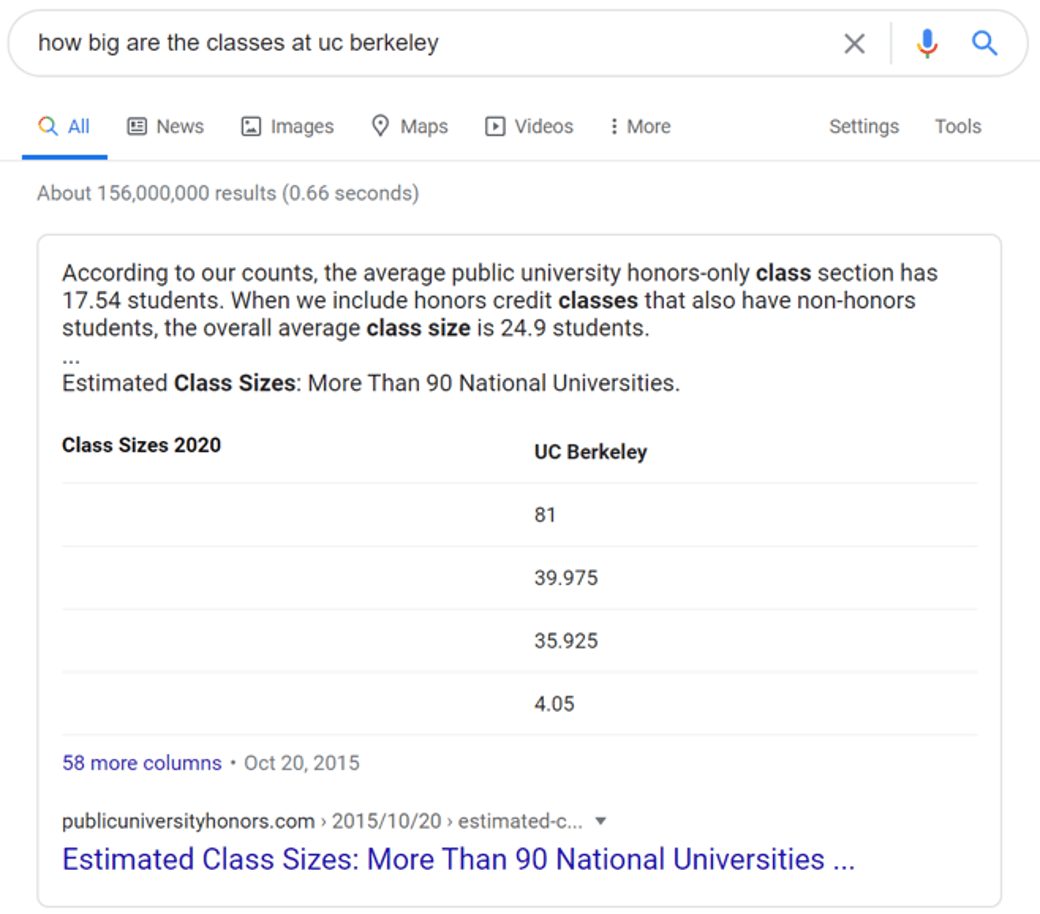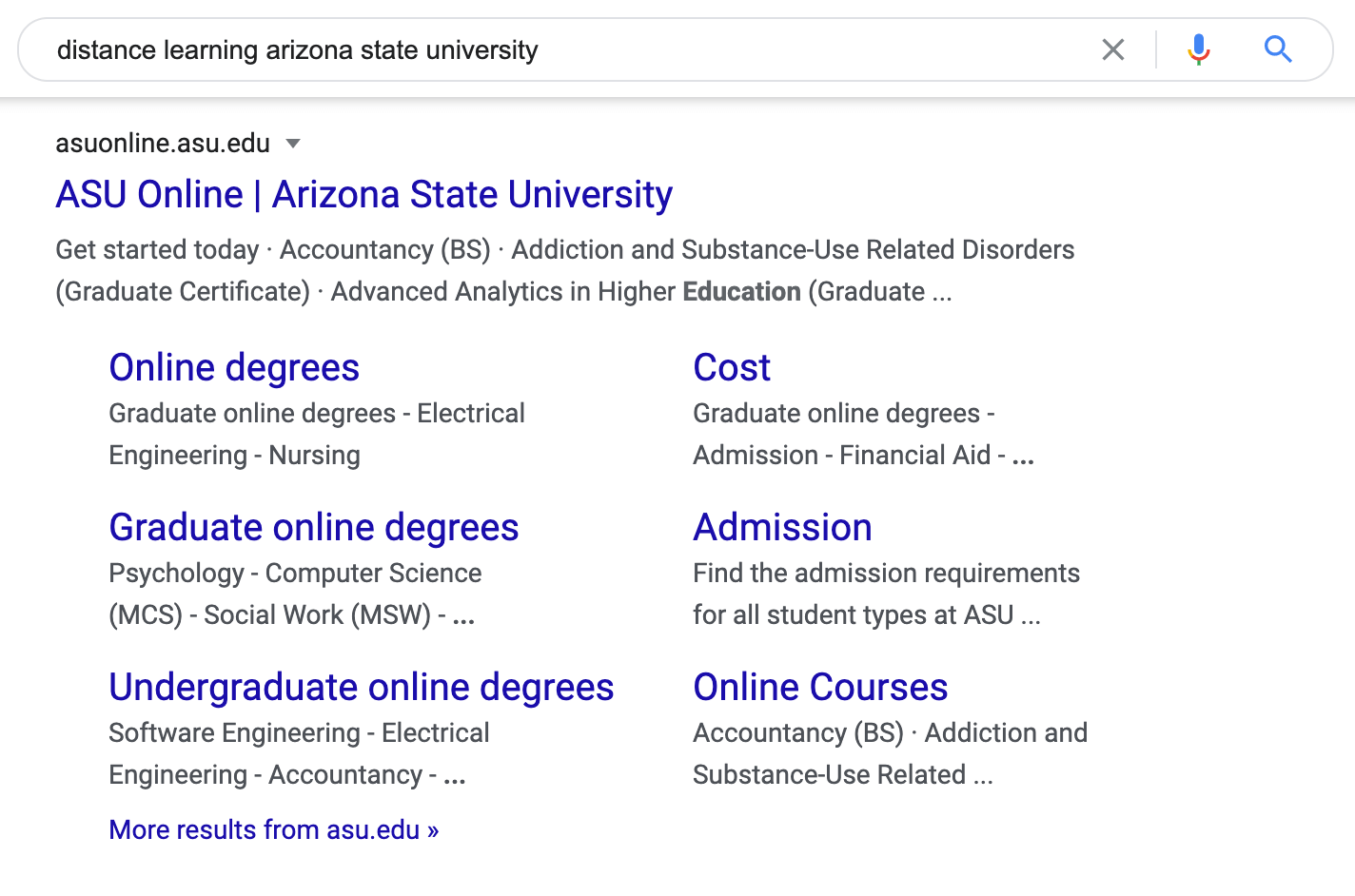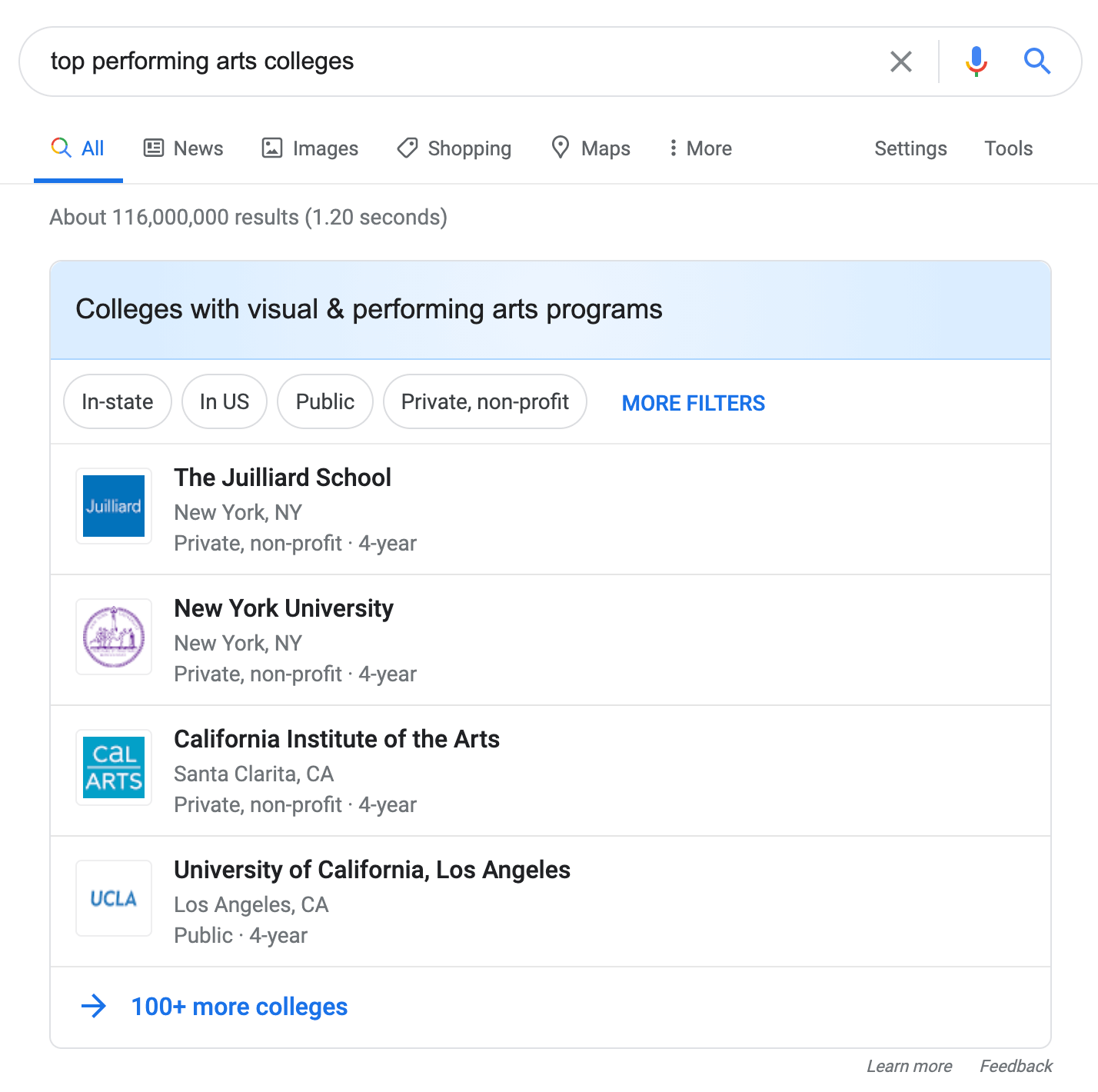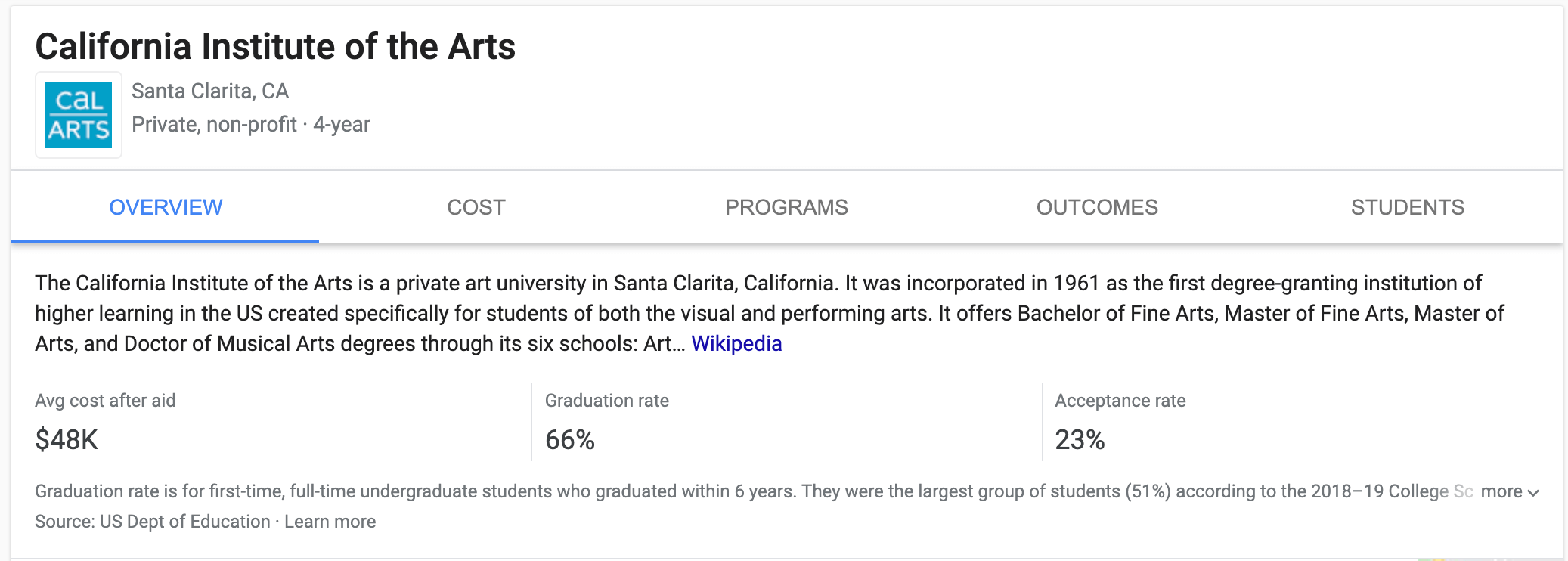How search engine changes are impacting higher education SEO strategy.
The year 2020 has permanently changed the landscape for colleges and universities as classes and campus life shift further online. As a result, digital marketing professionals at these institutions are being forced to rethink how people search online for their future alma mater.
Questions asked online by prospective students are highly specific and result in answers that change frequently, even more so now because of pandemic-induced uncertainty. And because choosing a university to attend is an important and infrequent decision, it’s critical that the answers that students seek online come directly from the universities themselves.
To help in that effort, we’ve detailed below the top 5 Search Engine Optimization (SEO) concerns that any digital practitioner working in higher education should be aware of. These clearly show that investing in a comprehensive and data-driven SEO strategy is paramount to admissions and enrollment in our ever-changing world.
#1. Featured Snippets are taking the first position in search results
University websites often no longer rank in the top spot for school-specific questions as Google’s Featured Snippet box takes their place instead:

When potential or current students have specific questions about a university, it’s important that the university pages rank in the first place or show up in the Featured Snippet for such keywords. Featured Snippets are short boxes of text that appear at the top of Google’s search results to answer a question quickly (saving the searcher an unnecessary trip to the webpage itself). Google decides which website to feature in the snippet, and it is not always the highest-ranking result. What is shown depends on the text that Google believes most accurately answers the question from within all the pages that rank for that particular question.
Suggestion: If you are ranking on page one, you can increase your chances of appearing in the featured snippet by using FAQ schema – a particular way to write HTML or JavaScript (learn how here: Mark up your FAQs with structured data)
Important steps to optimize for school-specific questions:
- Find the most-searched questions about your university using your favorite keyword research tool:

- Verify you have a page that specifically answers each question keyword
- If the answer is within a FAQ page or buried with a lot of information, verify that each question is a heading (“H1” HTML tag) and has an anchor tag to allow the reader to jump to it (more info on anchor tags).
- Verify that the page is “mobile-friendly,” Google has indexed it, and that you have internal links pointing to the page.
#2. General university pages that rank for specific question searches
Educational institutions are often ranking in the first place for a longer search phrase but without providing a helpful, direct answer to the searchers’ query.

When students are seeking specific information online, it’s best to lead them directly to helpful answers instead of forcing them to browse your site. Given that the decision of which university to attend is a major and often permanent choice, the ideal SEO strategy is to showcase the best information in a seamless, positive digital experience (good for the user = good SEO).
Suggestion: Review the most-searched questions for your university’s website and verify (by searching for each in Google and Bing) that students are able to easily find the relevant information on the highest-ranking page. The information should be as specific as possible and have a clear user flow to find other related information.
Important SEO action items to ensure the correct pages rank:
- Make sure that the page title is related to the search query (keyword).
- Verify the page includes a heading that’s an exact match to the question.
- Add FAQ schema to the FAQ (or similar) page(s) that lists all of the questions and answers that you want the page to rank for.
- Add photos to the page and include alt tags that are related to the question.
#3. Important contact information missing from map listings
People use Google maps more than you might think to contact a university, making it important to have accurate, up-to-date information in the listing. As potentially the first of many contact points a prospective student has with university staff, it’s important to ensure it’s a good one.

Suggestion: The address should be as specific as possible, and the phone number should be working and have a voicemail that is checked regularly. Ideally, each of your major buildings and campuses will have a Google Maps listing with (at a minimum) address, phone number, and the correct name.
Other important SEO tactics for map listings:
- Make sure all of the educational institution’s maps listings are claimed and managed in one central account.
- In addition to verifying that all contact information is correct, ensure each listing has a uniquely identifiable picture.
- Set the correct place to enter the building for both cars and people so that the directions send visitors to the correct spot.
- Claim and delete duplicate listings to avoid confusion.
#4: A wealth of digital content hidden from the searcher
Universities, colleges, and other educational institutions often have multiple departments creating online content such as lectures, social media, and articles without a standardized way to find it. This creates confusion for both Google and site visitors, which means fewer people will see this valuable content. If Google is not able to find or correctly attribute the content to your university website, the domain will not get the ranking boost nor will Google feature it in the search results.
Suggestion: Implement easy navigation and highly visible links, especially to social media pages and directories of content. This will alleviate many findability problems and boost your content marketing impact.
Additional SEO tips to make your best content findable:
- Create image and video sitemaps that contain all content from your university domain.
- Add social media icons to the top of landing pages, especially if individual departments have their own social profiles.
- Add social media schema to landing pages.
- Create article and video homepages (aka “hub” pages) that include links to all of the articles and videos.
- If an article or video is part of a series, make sure you have to link to the next (and previous) part of the series.
#5. Google controls “Top universities” keyword search queries
When prospective students are debating which universities to apply to, they often search for the top colleges for a specific major in a geographic area. Previously the top SERP positions were filled by third-party sites that create independent lists of the top universities. Now, however, most search keyword phrases related to “top universities” or “best colleges” (etc) result in Google’s Colleges & Universities widget, which utilizes data from the U.S. Department of Education.

As you can see above, the search engine widget ranks the relevant universities according to Google’s own algorithm. Clicking into an individual result showcases a wealth of information about the school, as is visible directly below.

Suggestion: Use this widget to the university’s advantage:
- As mentioned, Google states that the information is pulled from the U.S. Department of Education. Verify that all such data is correct and submit any updates to your university’s data here via Google’s support page. Also verify that all programs are listed and that contact information is correct.
- Google seems to be using third-party lists in their search ranking algorithm (as seen in Figure 6 below). Look into the ranking process of those sites to attempt to increase your rank. If your university is doing well on some of these ranking lists, showcase it on the university’s website.

Being aware of these 5 SEO issues that colleges and universities are facing – and implementing solutions for them – can result in significant impacts to your key admissions and enrollment goals.
Searchmetrics has worked with a number of the largest universities to grow their online presence and we’d love to discuss the technology and consulting solutions that can help your higher education SEO and content initiatives!

